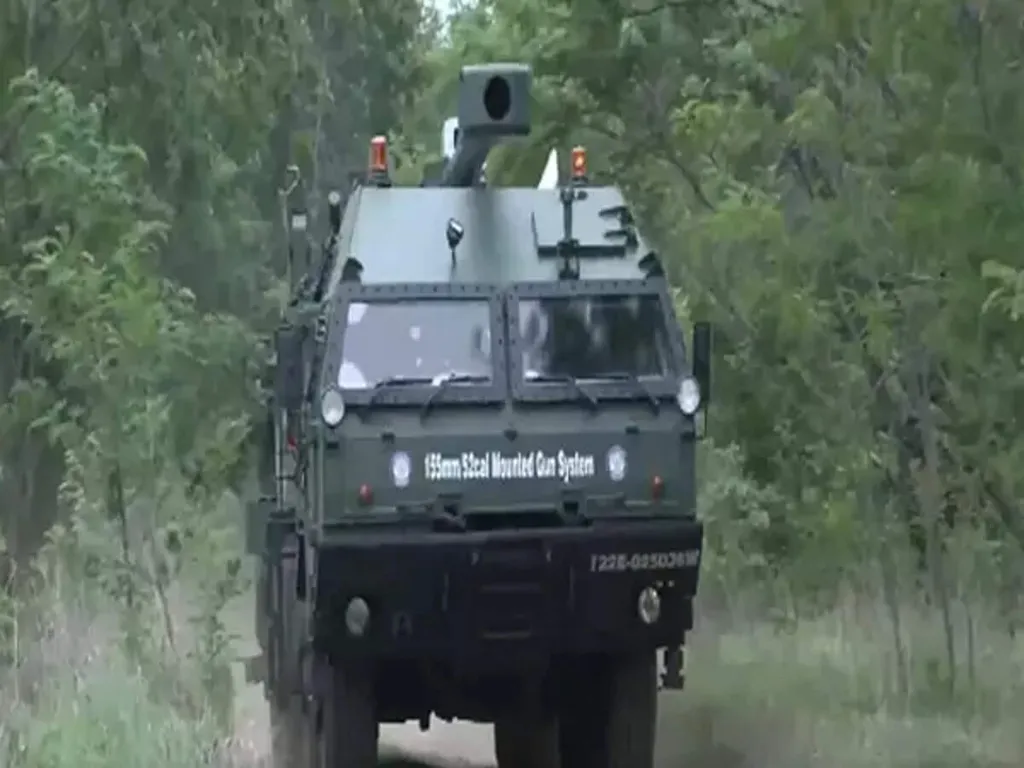The Defence Research and Development Organization (DRDO) has taken a significant step toward bolstering India’s defence manufacturing ecosystem by transferring 12 key technologies to industry partners at SAMANVAY 2025, a two-day industry engagement event held in Bengaluru. The agreements, covering eight defence systems, mark a concerted effort to deepen private sector involvement in defence production, aligning with the government’s ‘Make in India, Make for the World’ vision.
Among the technologies transferred were the D-29 electronic warfare suite, Natsat handheld and mini terminals, the Sarang electronic support measure system, and Dolphin II. Additionally, the Instruments Research and Development Establishment handed over four technologies, including a laser beam rider guidance system and an athermal laser target designator. The Microwave Tube Research and Development Centre transferred M-type dispenser cathode technology to Panacea Medical Technologies, Karnataka.
“From research laboratories to real-world capabilities, DRDO is partnering with the industry to realise the government’s vision of ‘Make in India, Make for the World,’” said Dr Samir Kamat, Secretary of the Department of Defence Research and Development and Chairman of DRDO, in a virtual address. “These transfers are a testament to our commitment to fostering innovation and self-reliance in defence manufacturing.”
The event, attended by over 150 industry partners, including micro, small, and medium enterprises (MSMEs) and startups, aimed to familiarize companies with DRDO’s policies and procedures. DRDO has established industry interaction groups across its laboratories, centres, and establishments to enhance collaboration and streamline processes.
Dr RA Mashelkar, Padma Vibhushan awardee and former Director General of the Council of Scientific and Industrial Research, emphasized the importance of innovation and research collaboration. “Industry and research institutions must work together to drive technological advancements and meet the evolving needs of our armed forces,” he said.
Dr BK Das, Director General of the Electronics and Communication Systems Cluster, urged startups to develop innovative ideas for large systems and called on major industries to support MSMEs in transforming concepts into products. “This collaboration is crucial for accelerating indigenous defence manufacturing and strengthening India’s position as a global defence leader,” he added.
SAMANVAY 2025 comprised 10 sessions focused on industry engagement, partnerships with development and production partners, and deliberations on enhancing the defence research and development ecosystem. The event also addressed DRDO policies, reforms, and the challenges ahead.
The technology transfer drive is part of a broader effort by DRDO to accelerate indigenous defence manufacturing. In June 2025, the organisation transferred technologies for nine defence systems to 10 industry partners at its Vehicles Research and Development Establishment in Maharashtra. In August, it handed over three advanced materials technologies developed by its Defence Metallurgical Research Laboratory in Hyderabad.
India’s defence production reached ₹1.51 lakh crore in the 2024-25 financial year, an 18% increase from the previous year, with the private sector’s share rising to 23%. Defence exports stood at ₹23,622 crore, up 12% year-on-year, according to government data.
DRDO’s revised transfer of technology policy, announced in 2025, has streamlined processes for transferring technologies to industry, with particular focus on MSMEs and startups. The policy waives technology transfer fees for certain categories and provides financial support through the technology development fund, which offers up to ₹50 crore per project.
This strategic move by DRDO not only strengthens India’s defence capabilities but also positions the country as a key player in the global defence market. As private sector involvement continues to grow, the collaboration between research institutions and industry partners will be pivotal in driving innovation and self-sufficiency in defence manufacturing.

